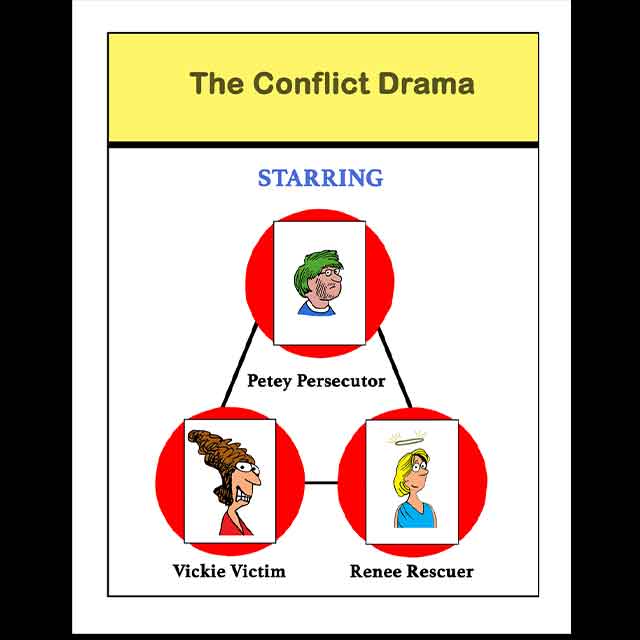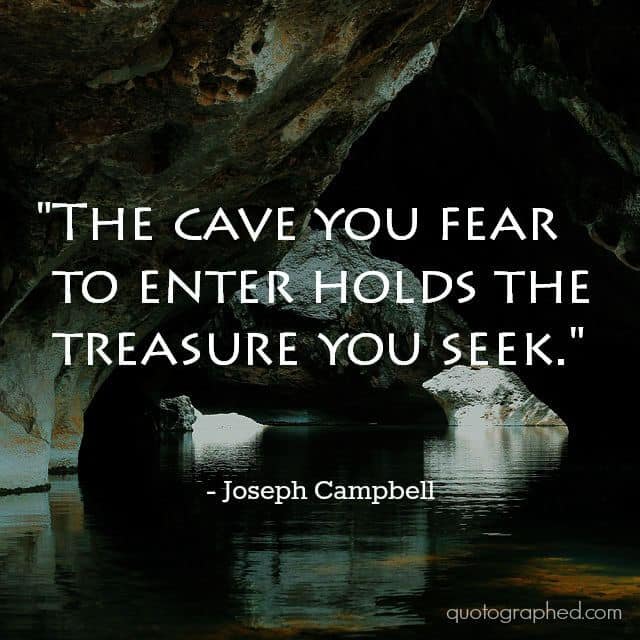The Stories We Tell Ourselves and Our Limiting Beliefs, Do They Hold Us Back?
As human beings, we tell ourselves stories and operate within our limiting beliefs. Limiting beliefs are the stories we tell about ourselves, about others, and about the world.
These stories determine our perception of what is and how we think things are supposed to be. The stories we tell ourselves quickly become our reality.
We become attached to our reality, which is made up of the stories we tell. Our limiting beliefs keep us from allowing the space needed to develop our authentic selves. Living small, not allowing our own inner greatness to develop, becomes familiar and comfortable.
“The comfort zone is a psychological state in which one feels familiar, safe, at ease, and secure. You never change your life until you step out of your comfort zone; change begins at the end of your comfort zone.”― Roy T. Bennett
Most people live small through the stories they tell about themselves. This might be what you know, however, you can change what is familiar and create your most authentic self. Give yourself permission to be your authentic self by committing to changing your mindset in these ways;
- Detach yourself from who you think you should be. An attachment to be a certain way may make you feel discouraged and discontent when your stories fall short of reality.
“Grasping at things can only yield one of two results: Either the thing you are grasping at disappears, or you yourself disappear. It is only a matter of which occurs first.”-Goenka
- Release the thought that you are independent and separate in relation to others, this creates a sense of isolation. Feeling isolated leads to painful loneliness and keeps you from feeling connected to one another.
- Realize that your story conditions you to act in a certain way. You are told that you are too “this” or not enough “that” creating constraint in that conditioning. Be aware and live beyond the stories you tell yourself.
“Don’t limit yourself. Many people limit themselves to what they think they can do. You can go as far as your mind lets you. What you believe, remember, you can achieve.” ―Mary Kay Ash
- Be aware when you resist reality which contradicts your limiting beliefs and stories.
“We can never obtain peace in the outer world until we make peace with ourselves.” – Dalai Lama
- Let go of your stories that are filled with judgment about how you think things should be. Judgment leads to suffering when your limiting beliefs go against reality.
- Stop living life through your story, it creates the assumption that you know and understands how things are and why people do what they do. Living within assumptions robs the mystery out of life.
To overcome the stories that live within your subconscious, create a belief that improves your life and supports your ability to act in ways that make your life better. Find ways to support your new beliefs with information and evidence.
“We are put on this planet only once, and to limit ourselves to the familiar is a crime against our minds.” —Roger Ebert
The Stories We Tell Ourselves and Our Limiting Beliefs, Do They Hold Us Back? Read More »







